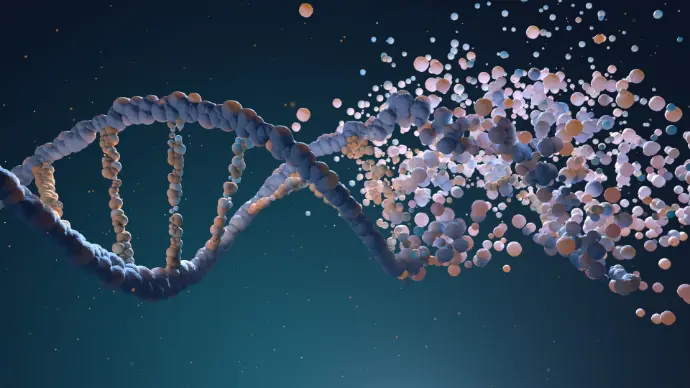"Identification of HLP1-RNA Interactions in Arabidopsis: In Vivo Target Mapping Using HITS-CLIP/CLIP-Seq"
In order to further investigate the molecular mechanisms by which HLP1 regulates flowering in Arabidopsis, we utilized the HITS-CLIP (High-throughput Sequencing of RNA isolated by Cross-linking Immunoprecipitation) / CLIP-Seq method to identify the in vivo RNA targets of HLP1. This powerful technique, originally developed for animal systems, allows for the capture and identification of RNA sequences bound by specific RNA-binding proteins (RBPs).
For our experiment, we subjected Arabidopsis seedlings to UV cross-linking, which fixes the interaction between proteins and nucleic acids. The HLP1-RNA complex was immunoprecipitated from transgenic plants expressing GFP-tagged HLP1 using a GFP antibody, followed by MNase digestion to generate suitable fragments for sequencing.
We analyzed the sequencing results from both the HLP1-CLIP library and the HLP1ΔRRM-CLIP library (where the RNA recognition motifs were deleted) in parallel. A total of approximately 29 million raw reads were collected from the HLP1-CLIP library, and 24 million from the ΔRRM-CLIP library. After removing adaptors, barcodes, and duplicates, we obtained 2,324,041 final tags from the HLP1-CLIP library that uniquely mapped to the Arabidopsis genome (TAIR10). In contrast, only 61,156 unique tags were identified in the ΔRRM-CLIP library. This drastic reduction suggests that the RNA-binding capacity of HLP1 is predominantly mediated by its two RNA recognition motifs (RRMs), reinforcing their essential role in RNA binding and flowering regulation.
These findings provide critical insights into the RNA-protein interactions of HLP1 and underscore the importance of its RNA recognition motifs in regulating gene expression, with a focus on flowering time regulation in Arabidopsis. The results from this study could pave the way for future research into post-transcriptional regulation mechanisms in plants, particularly those influencing flowering and developmental processes.
